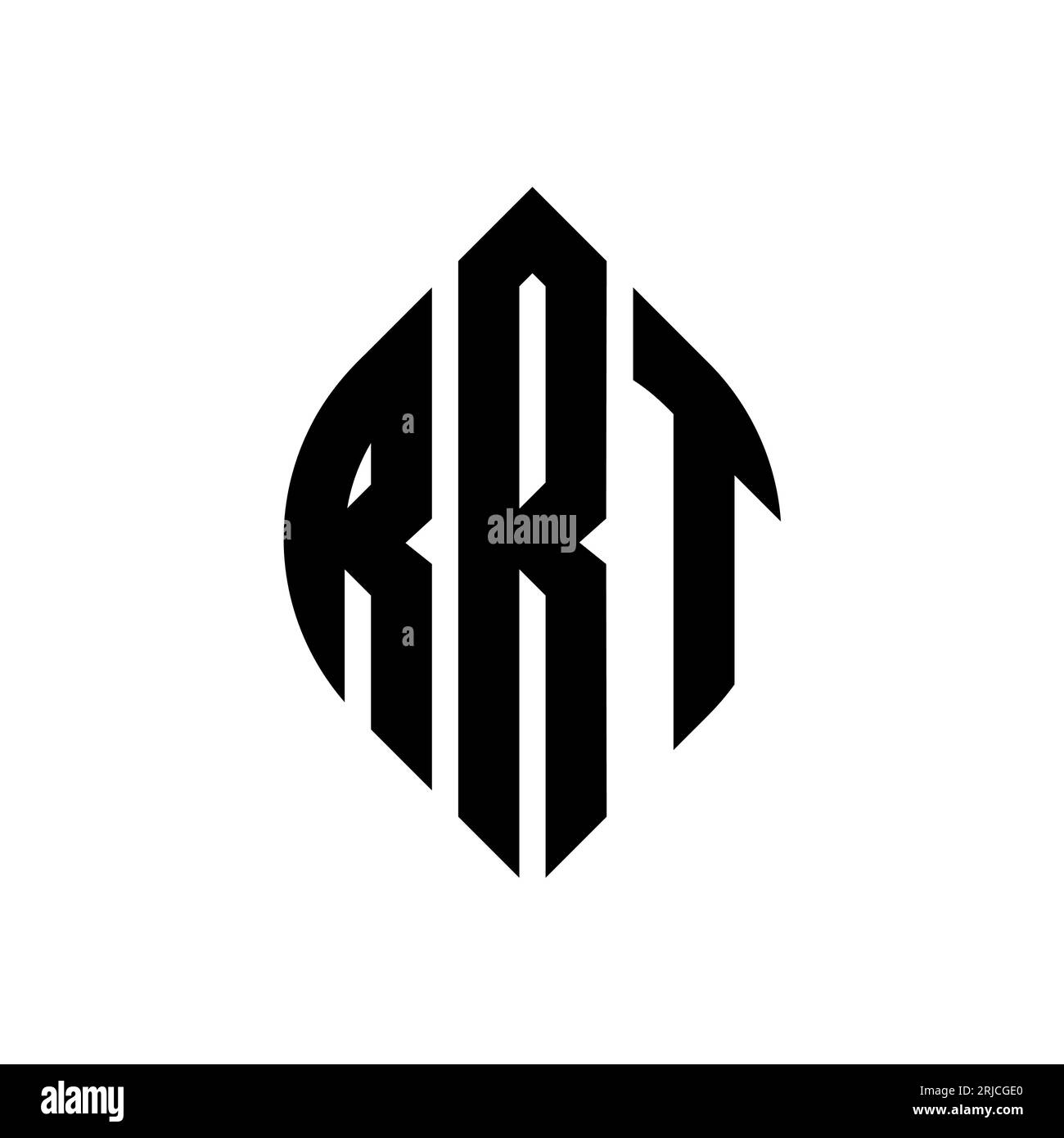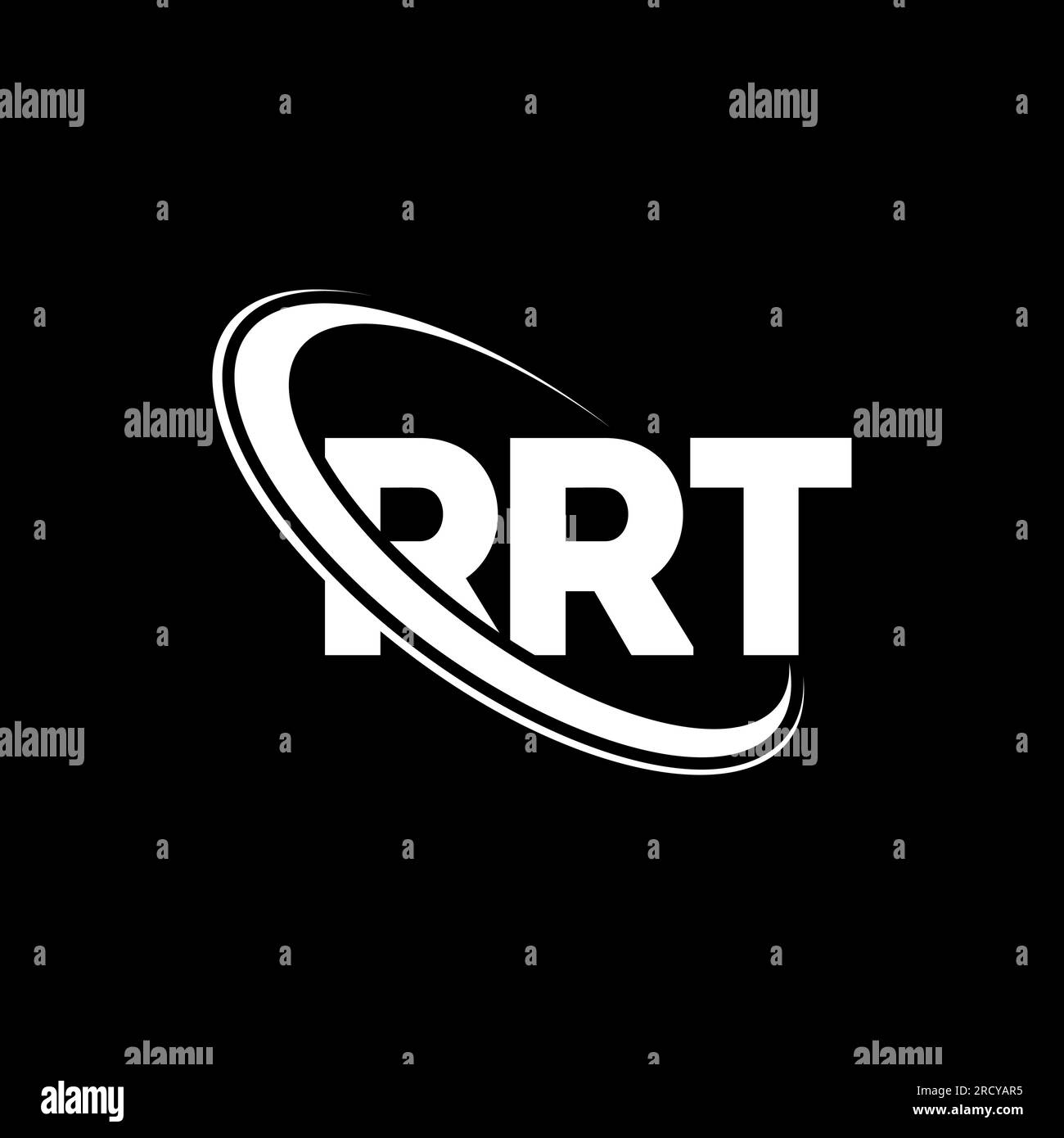Is a career dedicated to improving the breath of life truly a calling worth answering? The Registered Respiratory Therapist (RRT) profession is not just a job; it's a vital cornerstone of healthcare, offering unparalleled opportunities for impact and a demanding yet deeply rewarding journey.
The world of respiratory therapy has blossomed into a critical medical specialty. This is fueled by several factors, including the relentless rise of respiratory illnesses, the ever-expanding aging populations, and, of course, the groundbreaking advancements in medical technology. RRTs stand at the forefront, highly trained professionals working hand-in-hand with physicians and nurses. Their mission is simple: to ensure that patients receive the best possible care. This profession places a significant emphasis on expertise, authority, and trustworthiness, and this makes it a "Your Money or Your Life" (YMYL) field, where precision and reliability are absolutely crucial.
This detailed analysis will delve into the core of the RRT profession. It will navigate the profession's history, explore the education requirements, clarify the job responsibilities, examine career prospects, and offer so much more. You will leave with a complete understanding of what it takes to become an RRT and why this career path is so uniquely rewarding.
- Pastor Tom Brock Is He Married Unveiling His Life
- Is Dylan Dreyer Pregnant In 2025 Rumors Amp Reactions
| Areas Covered | Details |
|---|---|
| Introduction to RRT Medical Profession | Focus on the importance and growing demand for RRTs in healthcare. Highlights the role in diagnosing, treating, and educating patients with breathing disorders. |
| History of Respiratory Therapy | Explores the origins of respiratory therapy, tracing back to the early 20th century and the development of mechanical ventilators. Includes the formation of the National Board for Respiratory Care (NBRC). |
| Responsibilities of an RRT | Outlines the key duties of an RRT, including patient assessment, administering treatments, managing life-support equipment, performing diagnostic tests, and providing patient education. |
| Education and Certification Requirements | Details the necessary degree programs (associate's or bachelor's) and the certification process, including the CRT and RRT exams administered by the NBRC. |
| Essential Skills for RRTs | Lists crucial skills such as clinical expertise, communication, problem-solving, and attention to detail. |
| Work Environment | Describes the diverse settings where RRTs work, including hospitals, clinics, and home health agencies, and the collaborative nature of the profession. |
| Salary and Career Growth | Provides salary information and career growth projections from the U.S. Bureau of Labor Statistics (BLS). |
| Challenges in the RRT Field | Discusses the challenges faced by RRTs, such as dealing with critically ill patients and managing work-life balance. |
| Future Trends in Respiratory Therapy | Highlights emerging trends, such as telemedicine, personalized medicine, and preventive care. |
As the demand for healthcare services continually surges, the role of the RRT becomes increasingly critical. Registered Respiratory Therapists are the guardians of breath, responsible for evaluating, treating, and monitoring patients suffering from a wide array of breathing disorders. This includes conditions such as asthma, chronic obstructive pulmonary disease (COPD), and sleep apnea. Their work unfolds across diverse settings, including the bustling corridors of hospitals, specialized outpatient clinics, and even the comforting familiarity of home care environments. Their reach extends to the most vulnerable, providing necessary care to patients of all ages.
Beyond the technical aspects of diagnosis and treatment, the RRT profession encompasses a crucial role: educating patients. This involves not just administering medication, but also empowering individuals to effectively manage their conditions. RRTs are educators, teaching patients how to properly use medical equipment, like ventilators and oxygen therapy devices. They provide personalized guidance, helping patients implement lifestyle changes that significantly enhance their respiratory health, fostering a proactive approach to wellness.
| Aspect | Details |
|---|---|
| Name of Profession | Registered Respiratory Therapist (RRT) |
| Primary Role | Diagnosing, treating, and managing cardiopulmonary disorders. |
| Typical Work Settings | Hospitals, outpatient clinics, home health agencies, nursing homes. |
| Key Responsibilities | Assessing patients, administering treatments (oxygen therapy, aerosol medications), managing life-support equipment (ventilators), performing diagnostic tests, and educating patients. |
| Required Education | Accredited Respiratory Therapy program (Associate's or Bachelor's degree) |
| Certification | Certified Respiratory Therapist (CRT) exam and Registered Respiratory Therapist (RRT) exam (administered by NBRC). |
| Essential Skills | Clinical expertise, strong communication, problem-solving, attention to detail. |
| Median Salary (as of May 2021) | $66,850 (U.S. Bureau of Labor Statistics) |
| Career Growth Projection (2020-2030) | 19% (much faster than average for all occupations) |
| Challenges | Dealing with critically ill patients, high-pressure situations, keeping up with technology and treatment, managing work-life balance. |
| Emerging Trends | Telemedicine, personalized medicine, preventative care. |
| Reference Link | American Association for Respiratory Care (AARC) |
The history of respiratory therapy is a testament to human ingenuity and the unwavering pursuit of improved patient care. Its origins can be traced to the early 20th century when medical professionals began to recognize the pivotal importance of oxygen therapy in treating respiratory conditions. This initial breakthrough marked the genesis of a field that would rapidly evolve. The Second World War played a key role. The development of mechanical ventilators during that period served as a significant catalyst, propelling the field forward and ultimately leading to the establishment of respiratory therapy as a distinct and vital medical profession.
- Bratty Gbaby Leaked Unpacking The Controversy Amp Whats Next
- Subhashree Sahu Mms Unveiling The Truth Privacy Concerns
The 1960s marked another milestone, with the formation of the National Board for Respiratory Care (NBRC). This organization was tasked with overseeing the certification of respiratory therapists, a critical step in ensuring the competence and standardization of practitioners. Since then, the profession has continued to evolve, dynamically adapting to new technologies and incorporating innovative treatment methods. The constant pursuit of improvement underscores the dedication of respiratory therapists to delivering the best possible patient care.
Registered Respiratory Therapists are at the forefront of patient care, with responsibilities extending far beyond simply administering treatments. Their daily duties demand a high level of expertise, unwavering dedication, and a compassionate approach to patient well-being. Some of the key duties include:
- Assessing patients' respiratory conditions, meticulously evaluating their symptoms, medical history, and test results to develop individualized treatment plans.
- Administering oxygen therapy and providing nebulized medications, ensuring patients receive the essential support they need to breathe freely.
- Managing ventilators and other life-support equipment, providing critical assistance to patients with severe respiratory distress.
- Performing diagnostic tests, such as pulmonary function tests and arterial blood gas analysis, to gather crucial information about lung function and blood oxygen levels.
- Providing patient education and support, empowering patients to understand their conditions and manage their health effectively.
Embarking on a career as an RRT requires a solid foundation of knowledge, skills, and dedication. The journey begins with completing an accredited respiratory therapy program. These programs, available at both the associate's and bachelor's degree levels, cover a comprehensive curriculum. This includes fundamental subjects such as anatomy, physiology, pharmacology, and medical ethics. Aspiring therapists delve deep into the intricacies of the respiratory system, learning how to diagnose and treat a wide spectrum of conditions. According to the American Association for Respiratory Care (AARC), there are over 400 accredited programs in the United States alone, highlighting the accessibility and widespread recognition of this career path.
Once the degree program is completed, the path to becoming a fully licensed RRT involves a rigorous certification process. This involves successfully passing the Certified Respiratory Therapist (CRT) exam and the Registered Respiratory Therapist (RRT) exam. These exams, administered by the National Board for Respiratory Care (NBRC), are designed to thoroughly evaluate candidates' knowledge and practical skills in various aspects of respiratory care. Passing these exams is not only a requirement for licensure, but also a testament to the RRT's commitment to upholding the highest standards of professional practice.
Beyond the technical expertise, successful RRTs possess a blend of essential skills. These attributes enable them to deliver high-quality, patient-centered care. These include:
- Clinical Expertise: Possessing a deep understanding of respiratory conditions, along with the ability to effectively diagnose and treat them, is paramount. This includes knowing how to interpret diagnostic tests, recognize subtle changes in a patient's condition, and adjust treatment plans accordingly.
- Strong Communication Skills: The ability to interact effectively with patients, their families, and other healthcare professionals is essential. RRTs must be able to explain complex medical information in a clear and concise manner, build rapport with patients, and work collaboratively with other members of the healthcare team.
- Problem-Solving Abilities: The ability to critically assess complex medical situations and devise effective solutions is key. RRTs frequently encounter challenging scenarios that require them to think on their feet, analyze data, and make informed decisions under pressure.
- Attention to Detail: Accuracy and precision are critical in the administration of respiratory treatments and documentation. This skill ensures the safe and effective delivery of care, minimizing the risk of errors and promoting positive patient outcomes.
The work environment of an RRT is varied and demanding, offering a spectrum of experiences. RRTs find themselves in a multitude of settings. This includes the acute care environment of hospitals, outpatient clinics that offer specialized respiratory care, home health agencies, and the supportive setting of nursing homes. Collaboration is key. RRTs frequently collaborate with other healthcare professionals, including physicians, nurses, and physical therapists. Their combined efforts ensure comprehensive, well-rounded patient care. The pace can be challenging. The environment is often fast-paced, and demanding, requiring RRTs to be adaptable and resilient. The rewards lie in the knowledge of having made a tangible difference in peoples lives, and the feeling of being part of a caring team.
The financial prospects for RRTs are promising, reflecting the high demand for their specialized skills. According to the U.S. Bureau of Labor Statistics (BLS), the median annual wage for respiratory therapists was $66,850 as of May 2021. However, this figure is just a snapshot. Salaries can vary based on factors such as location, experience, and any specialized certifications or skills an RRT may possess. The BLS also projects a robust 19% growth in employment for respiratory therapists between 2020 and 2030. This growth rate is much faster than the average for all occupations, highlighting the growing need for qualified respiratory professionals in the years to come.
The RRT field offers a wealth of rewards, but it also presents its own set of challenges. These include:
- Dealing with critically ill patients and the stress that comes with high-pressure situations.
- The constant need to stay up-to-date with the latest advancements in medical technology and treatment methods.
- Maintaining a healthy work-life balance in a demanding healthcare environment.
The field of respiratory therapy is poised to continue evolving, adapting to technological innovations and changing healthcare priorities. Several trends are emerging that will shape the future of the profession. Telemedicine and remote patient monitoring will become more prevalent. Personalized medicine will be increasingly tailored to individual patients, their genetic profiles, and specific conditions. And, a heightened emphasis on preventive care is likely to reduce the incidence of respiratory diseases, promoting overall health and well-being.
- Unblockgames G Your Guide To Free Fun Games Online
- Remoteiot Ssh Key Management Your Guide To Secure Access

